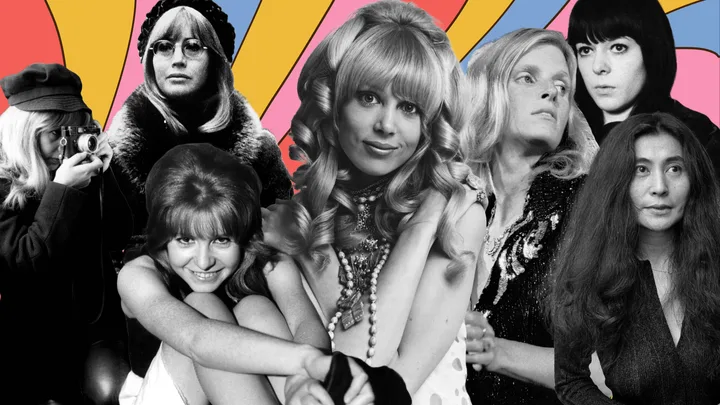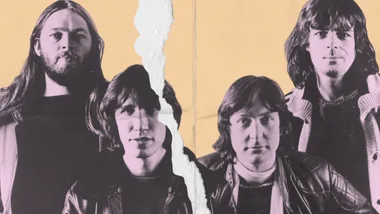The Beatles are a pop culture phenomenon that will unlikely ever be touched by any musical opponent. They created countless songs that inspired other great artists and still live and breathe as freshly today as they did in the ’60s. From unbridled experimentalism and pushing artistic boundaries to crafting some of the best love songs of all time, they truly accomplished it all. But what about the women behind The Beatles?
The group might be portrayed as a tight-knit boy’s club, but it was far from the truth. Feminine energy played an undeniable role at every stage of The Beatles’ career from inspiring love songs to introducing them to new concepts and even shaping their image as a band. Here are all the women behind The Beatles.
Pattie Boyd
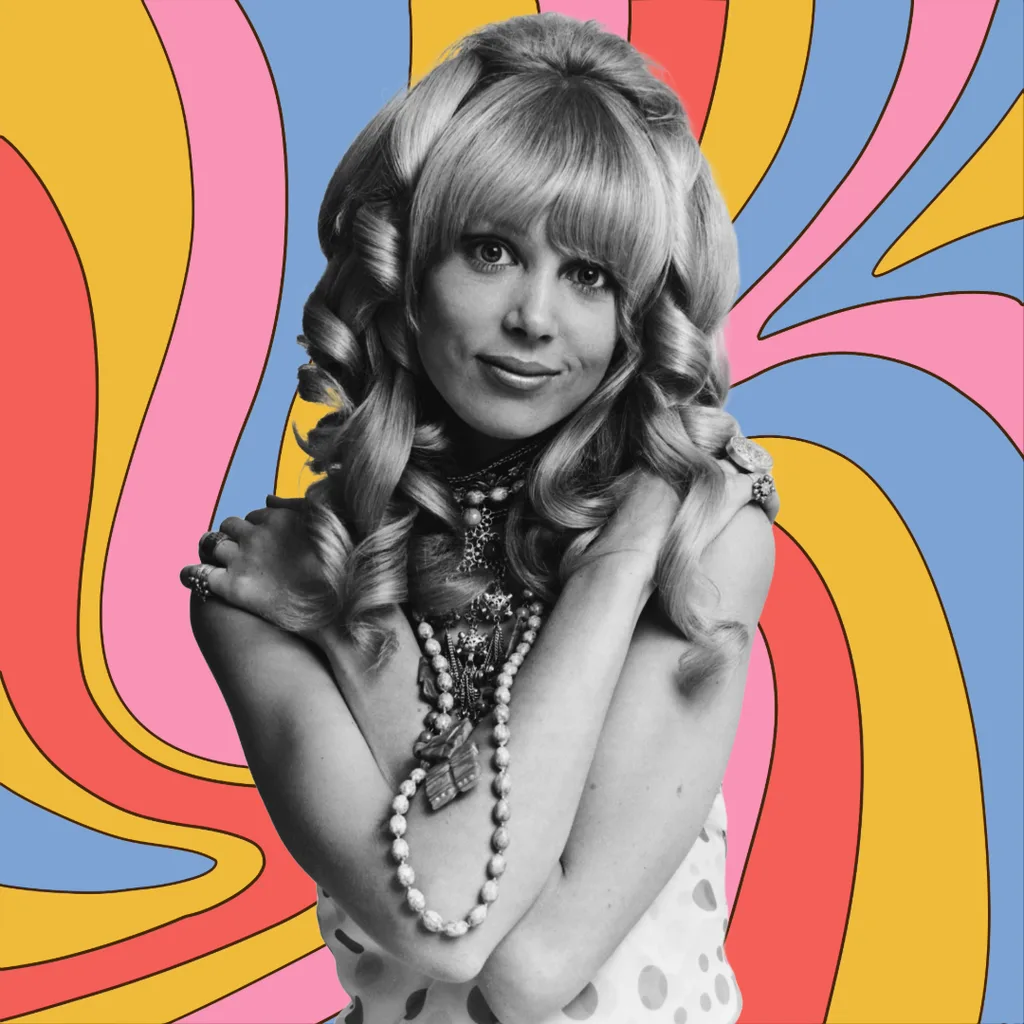
English model and actress Pattie Boyd first met her soon-to-be husband, George Harrison, on the set of the 1964 promotional film, A Hard Day’s Night.
“On first impressions, John seemed more cynical and brash than the others, Ringo the most endearing, Paul was cute, and George, with velvet-brown eyes and dark chestnut hair, was the best-looking man I had ever seen. At a break for lunch, I found myself sitting next to him. Being close to him was electrifying,” Pattie would later recall of the fateful meeting.
Whilst Pattie eventually became George’s wife, inspiring songs like Something and I Need You (as well as an infamous rock love triangle with Eric Clapton), one of her biggest contributions to The Beatles is often overlooked.
It’s no secret that LSD played an integral role in The Beatles’ discography, but it was Pattie Boyd’s dentist, John Riley, who first introduced the band to it. The unassuming dentist laced John, Cynthia, Pattie and George’s coffees with the psychedelic during a dinner party in 1965.
“We were just insane… we were just out of our heads… we all thought there was a fire in the lift, but it was just a little red light, and we were all screaming, all hot and hysterical!” John recalled of the night.
Meanwhile George said of the experience: “I had such an overwhelming feeling of well-being, that there was a God, and I could see him in every blade of grass,” he said. “It was like gaining hundreds of years of experience in 12 hours.”
Pattie also was responsible for The Beatles’ introduction and deep interest in Hinduism and Indian culture. She had been previously introduced to Transcendental Meditation by her sister, and convinced the band to join her to watch a lecture by Maharishi Mahesh Yogi in 1967. This interaction sparked the famous trip to India the following year which had a monumental impact on the band’s music and direction.
Cynthia Lennon
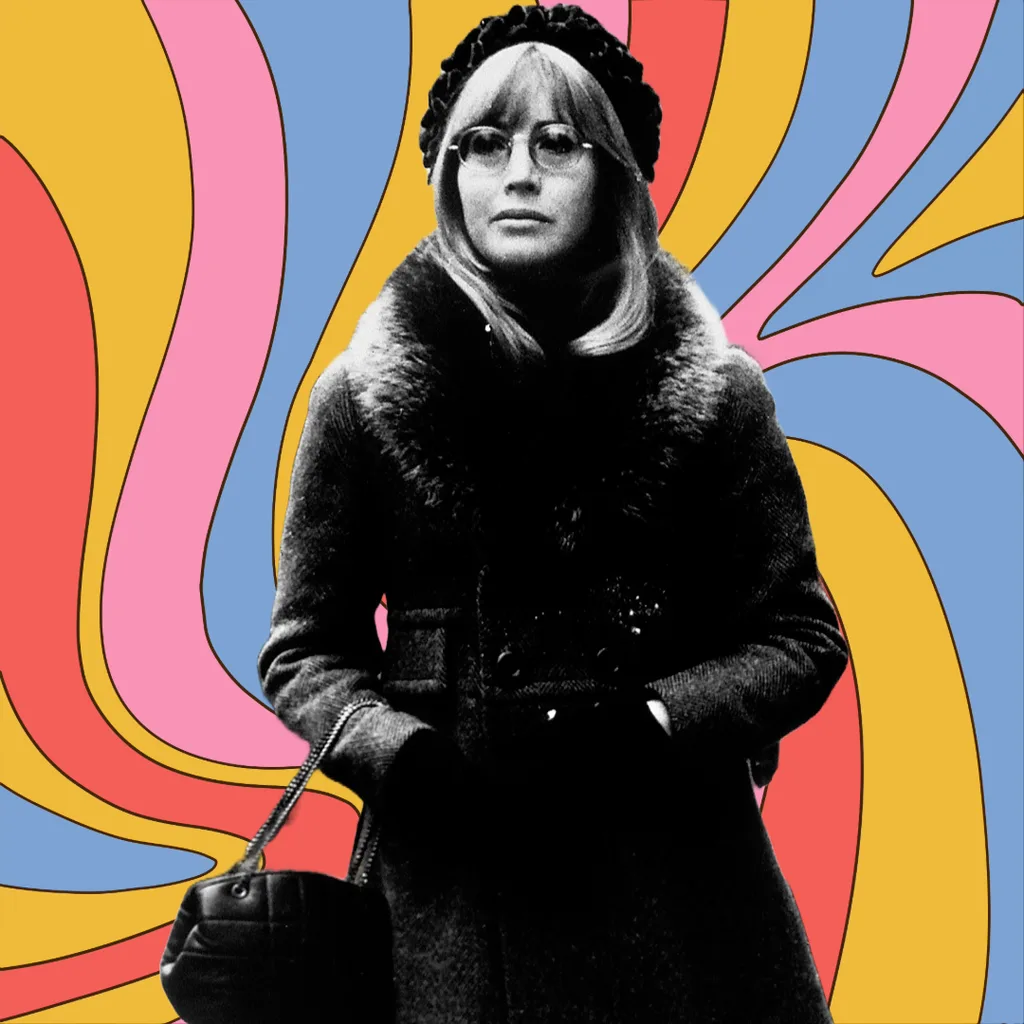
By the time The Beatles made it big, Cynthia Lennon was a veteran of the group, having been there since meeting John back in 1957 at Liverpool Art College. As other girlfriends and wives entered and exited the tightknit foursome, Cynthia proved to be a grounding force that helped them adjust into the fold.
Often to the detriment of her happiness and wellbeing, Cynthia also stoically braved loneliness, affairs, single-handedly raising a child, and at times, violence, as John and The Beatles’ career flourished. Eventually, it was John’s spiral into LSD that caused a rift between the pair.
“John needed to escape his reality. I understood completely but I couldn’t go along with him.” Cynthia later said of John’s experimenting with drugs.
She and Julian Lennon directly and indirectly inspired many great Beatles tracks including You’ve Got To Hide Your Love Away, Across The Universe, Hey Jude and Julia.
Linda McCartney

Though Paul and his long-term girlfriend, Jane Asher, broke up in 1968, the Beatle wasn’t single for long because he quickly met the love of his life, Linda Eastman. The pair met at the Bag O’Nails nightclub in London in May 1967 and again for the launch of The Beatles’ latest record, Sgt. Pepper’s Lonely Hearts Club Band.
From the moment they got together, Paul and Linda became an inseparable force. Though Linda only saw the last few years of The Beatles, she’s credited with guiding Paul through the emotionally tumultuous breakup of the band and the ugly ensuing legal battles that followed.
With a trusty Nikon camera by her side, Linda snapped some of the band’s most candid and authentic moments in the final years of their time as a group. She continued to photograph Paul through his solo career and in the Wings era giving Beatles fans a comprehensive visual narrative to pore over for years to come.
Yoko Ono

Yoko Ono has continually proved to be one of the most misunderstood characters of 20th century pop culture having faced unrelenting waves of misogyny, hate and blame for the breakup of The Beatles. This is something that constantly overshadows her positive contributions to the band’s musical direction.
When a married John Lennon step foot into the Indica Gallery in 1966, he wasn’t aware that the woman he was about to meet would irreparably set The Beatles on a different musical path. Yoko Ono’s avant-garde approach to art quickly spilled into John’s creative processes, which undeniably exasperated tensions within the group, but ultimately pushed John to create some of The Beatles’ best music.
“She wanted more, do it more, do it double, be more daring, take all your clothes off,” Paul explained during an interview with Barry Miles for his book Many Years from Now. “She always pushed him, which he liked. Nobody had ever pushed him. Nobody had ever pushed him like that. We all thought we were far-out boys, but we kind of understood that we’d never get quite that far out.”
Paul and John had both previously experimented with tape loops and other sound engineering marvels in songs like I’m Only Sleeping and Strawberry Fields Forever. However, the White Album saw John’s experimentalism reach new heights on songs like Revolution 9 which, thanks to Yoko’s influence, is eight straight minutes of unbridled cacophonous mayhem. Unlike John, who was a self-taught musician, Yoko was classically trained which also saw her lend a hand to composing songs like Because and The Continuing Story of Bungalow Bill.
Though Yoko is often unfairly cast as the villain who broke up The Beatles, it’s well-documented by the band themselves that factors like Brian Epstein’s death and the ravages of fame and time had eaten away at their comradery long before Yoko entered the picture. But what Yoko did do was open John’s mind to endless musical possibilities which made for boundary-pushing art and music.
Maureen Starkey
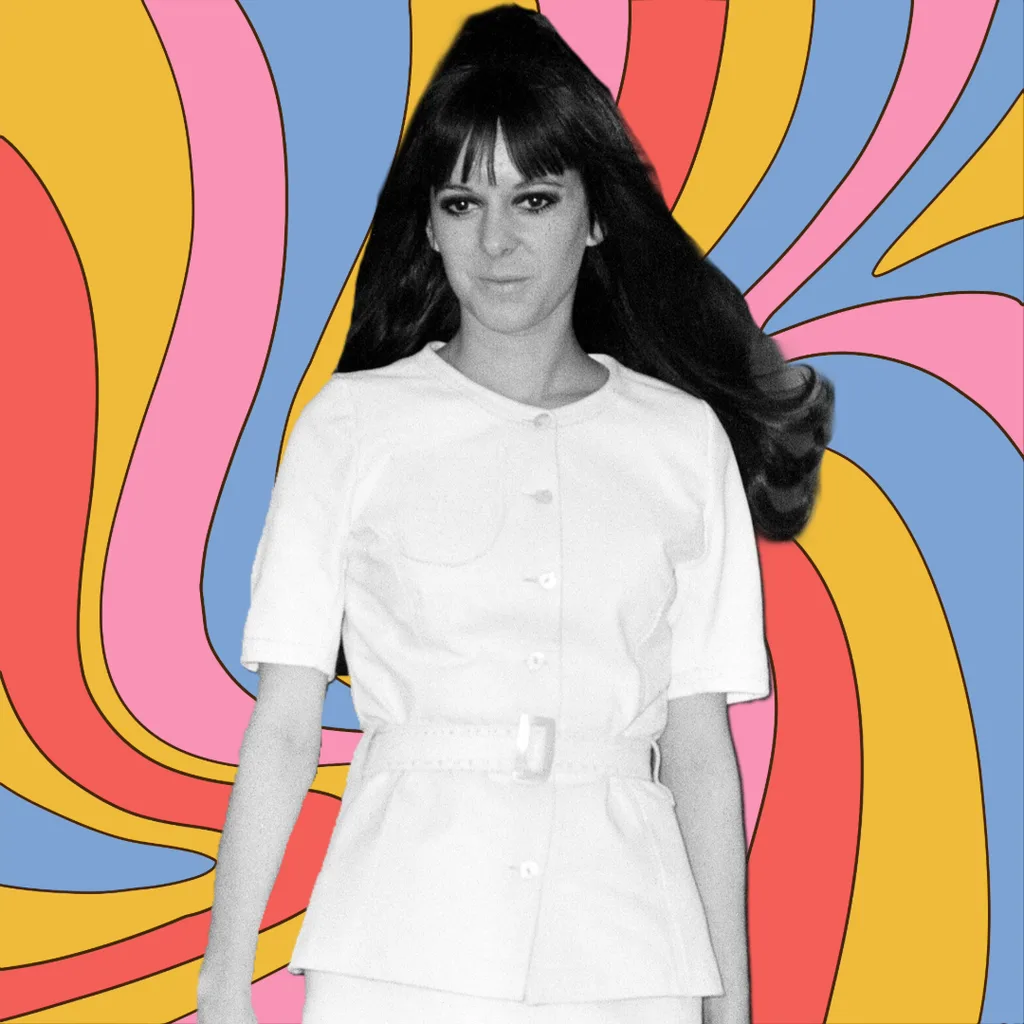
Though she’s often overlooked when standing in the shadows of the likes of Yoko Ono and Pattie Boyd, Maureen Starkey was the most enduring feminine force behind The Beatles. She met Ringo back in 1962 and stayed married to him through Beatlemania, the breakup of The Beatles all the way through to 1975 when the pair divorced.
As a 15-year-old trainee hairdresser in Liverpool, Maureen was a regular at the Cavern Club where she quickly became acquainted with The Beatles and other skiffle groups. It was here where she met Ringo as he was standing on the precipice of unprecedented fame and adoration.
“Richy was just the drummer at the time,” Maureen recalled in a 1988 interview with the French magazine Le Chroniqueur. “I don’t remember when he first asked me out on a date, but he did just after he left the Hurricanes and joined the Beatles.”
Maureen and Ringo became a couple as The Beatles fame soared and the pair married in 1965 after learning they were pregnant with their first child. Along with the other Beatles and their partners, Maureen joined Ringo in India in 1968 where their musical prowess was opened up to unlimited bounds. Though she didn’t directly inspire any officially released Beatles tunes, that’s not to say she wasn’t a muse.
George Harrison, who would later have an affair with Maureen to the horror of his other bandmates, once sang a pointed song titled ‘Maureen’ during the 1969 Get Back sessions. Though he claimed the track was penned by his pal Bob Dylan, sceptics and die-hard Beatles fans argue otherwise. Ringo also commissioned Frank Sinatra to sing a special rendition of The Lady is a Tramp for Maureen’s birthday in 1968 with the song title being changed to ‘The Lady is a Champ’.
Besides this, Maureen was arguably the most die-hard Beatles fan who was present for every stage of the band’s lifespan from Cavern Club rockers to global music phenomenon. Her unwavering adoration is best seen in the Get Back documentary where she can be seen head-banging and cheering on the band during their rooftop performance.
Jane Asher

In 1963, The Beatles played an iconic set at the Royal Albert Hall in London. It was here, where Paul would meet his muse for the next five years, actress Jane Asher. Jane, who was the sister of Peter Asher (from the band Peter and Gordon) met Paul and the rest of the band backstage. As Cynthia recalled in her memoir, “Paul fell like a tonne of bricks for Jane.”
Some of Paul’s greatest love songs including And I Love Her and Here, There and Everywhere were inspired by his whirlwind relationship with Jane. The pair also had quite the tumultuous relationship which saw Paul pen some of The Beatles’ best melancholy tracks like You Won’t See Me and I’m Looking Through You. But Jane’s impact wasn’t just being a muse, her high-profile career and London abode introduced Paul to a range of new experiences including the theatre – which may have played a part in Paul’s burgeoning interest in fusing operatic orchestras with his rock music.
As well as this, Paul lived with Jane in the family’s attic where he scrawled out the lyrics to songs such as Yesterday and Yellow Submarine. However, the pair’s relationship became rocky and was fettered with arguments and affairs. It ended with Jane dumping Paul live on television in 1968 some weeks after she claimed to ahve found him in bed with actress Francie Schwartz.
Astrid Kirchherr

The perhaps the most overlooked feminine force behind The Beatles was a woman that wasn’t romantically involved with them at all (if you don’t count Stuart Sutcliffe, whom she was engaged to prior his untimely death).
In 1960, The Beatles, then consisting of John Lennon, Paul McCartney, George Harrison, Stuart Sutcliffe, and Pete Best, made the first of several pilgrimages to Hamburg, Germany. Here, the band would transform artistically, socially, and physically thanks to the effervescent counter-culture.
When 22-year-old Hamburg native and budding photographer, Astrid Kirchherr, walked into the Kaiserkeller bar in 1960, she unwittingly stumbled across her future muses.
“I was amazed at how beautiful they looked,” she later recalled. “It was a photographer’s dream, my dream.”
Astrid Kirchherr was the definition of nuance and counterculture and she is largely credited with carving The Beatles’ early image that set them apart back in England. Whilst most men were donning carefully crafted pompadours, Astrid introduced The Beatles to their iconic shaggy, mop-top haircuts.
“All my friends in art school used to run around with this sort of what you call Beatles haircut,” Astrid told the BBC in 1995. “And my boyfriend then, Klaus Voormann, had this hairstyle, and Stuart liked it very very much. He was the first one who really got the nerve to get the Brylcreem out of his hair and asking me to cut his hair for him. Pete has really curly hair and it wouldn’t work.”
Kirchherr also boosted The Beatles’ cool factor by introducing them to European fashion trends such as leather jackets, collarless shirts, tailored trousers and slim-fitting shirts – all of which became integral to the band’s visual identity. Though her influence was mostly concentrated during the band’s early years, her impact set them apart and was undeniable to their meteoric rise to fame.
